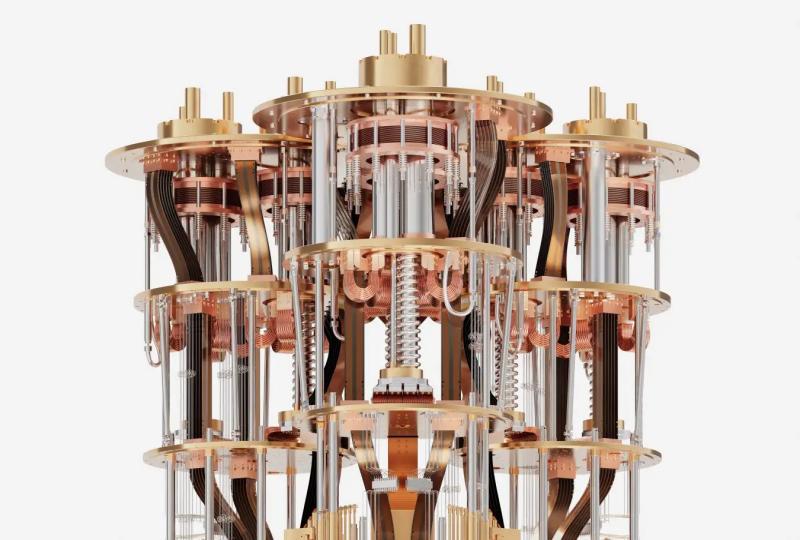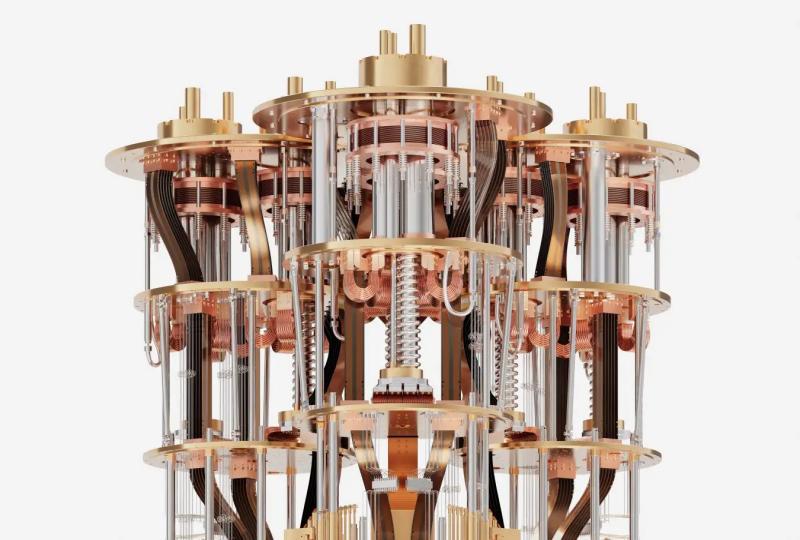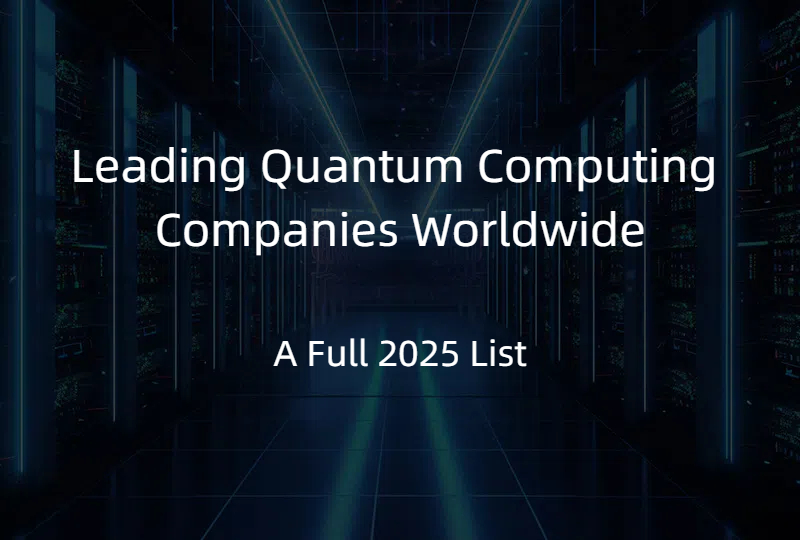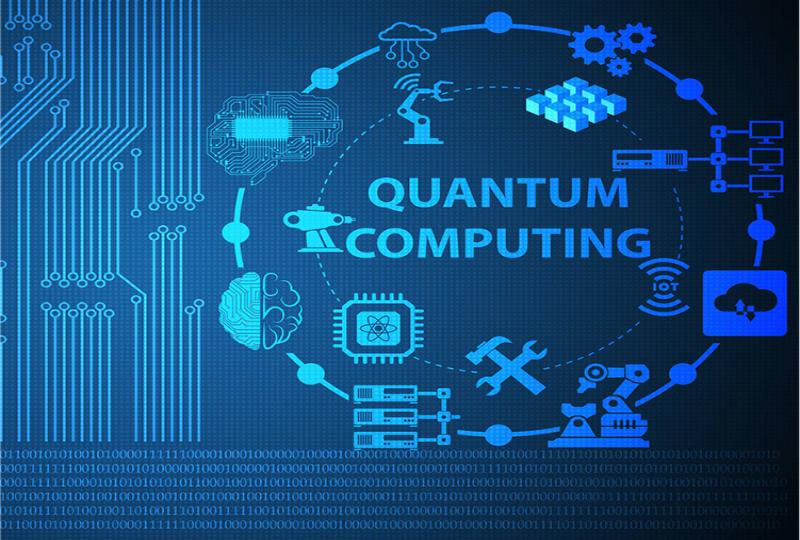Quantum Computer Price Guide: Cost & Options Explained
2025.01.21 · Blog
How Much Is a Quantum Computer?
The prices of quantum computers can vary significantly depending on the type of quantum computer, scale, and intended use of the quantum system.
Here's an overview of general pricing:
1. Educational and Small-Scale Quantum Computers Price
These quantum computers are designed primarily for educational purposes, quantum learning, and experimentation with quantum algorithms.
They may have limited qubits and less advanced performance compared with large-scale commercial quantum systems. However, they are relatively cheap and accessible for schools, universities, and research labs.
Example: SpinQ's Gemini Mini and Triangulum Mini series are compact, room-temperature quantum computers designed for educational use. They are affordable, portable, easy to maintain, and perfect for introducing students to quantum principles.
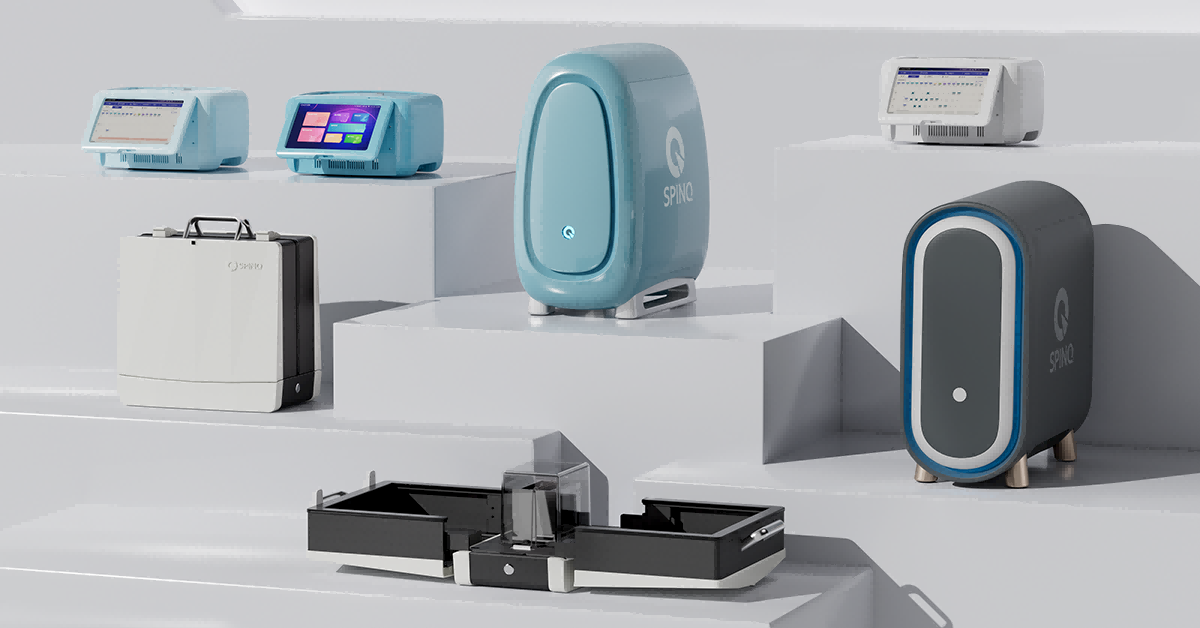
Applications: These educational-grade quantum computers are suitable for basic quantum education, introducing students to quantum mechanics, quantum algorithms, and basic quantum simulations.
Key Features:
1. Affordable
2. Portable and compact, fitting on a desk
3. Room temperature operation (no need for cryogenic cooling)
4. Ideal for students and beginners in the field of quantum computing
5. Lower qubit count (usually 5-10 qubits)
2. Mid-Range Quantum Computers Price
Mid-range quantum computers offer better performance and can be used for complex quantum research or specialized industry applications. They often come with a larger number of qubits and more sophisticated quantum hardware.
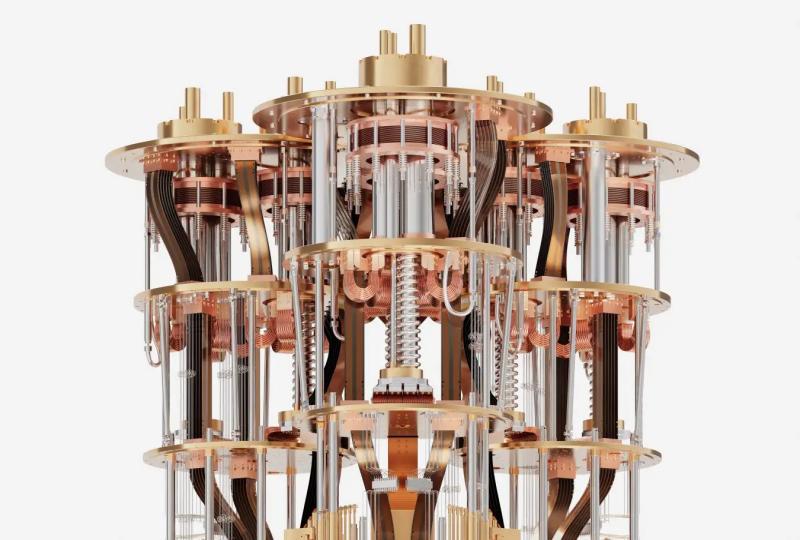
Example: These systems are often built by quantum computer provider companies like SpinQ.
Applications: These quantum computers are used for small-scale, industry-specific research and experimentation in fields such as chemistry, logistics, materials science, finance, and healthcare.
Key Features:
1. Enhanced quantum processing power (up to 50-100 qubits)
2. Requires stable, controlled environments
3. Can perform more complex quantum simulations
4. Suitable for research institutions, smaller enterprises, or startups in quantum computing
3. Industrial-Grade Quantum Computers Price
Industrial-grade quantum computers are high-performance, state-of-the-art quantum systems used by large organizations, research institutions, and government agencies.
Example: Large companies such as IBM, Google, and SpinQ produce industrial-grade quantum computers.
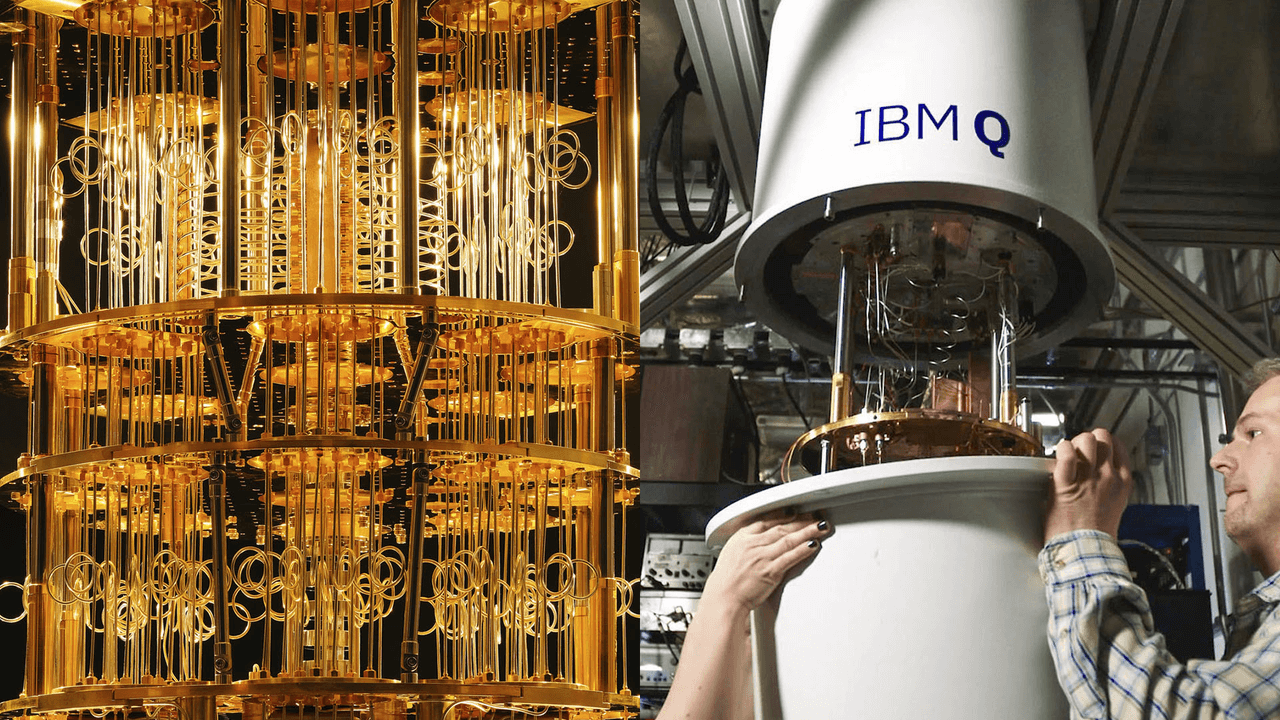
These are typically superconducting quantum computers or ion-trap systems that require massive infrastructure and maintenance, such as cryogenic cooling systems (like dilution refrigerators), and involve teams of specialists to run.
Applications: Industrial-grade quantum computers are designed for high-level quantum simulations, solving complex, large-scale problems in fields such as artificial intelligence (AI), drug discovery, optimization, logistics, cryptography, and financial modeling.
-
High qubit counts (typically 100-1,000 qubits or more)
-
Requires specialized infrastructure (e.g., cryogenic systems, ultra-high vacuum chambers, and electromagnetic shielding)
-
Expensive maintenance and operational costs
-
Used in enterprise-level applications, often by major corporations or government-backed research labs
-
Often require large teams of engineers, physicists, and quantum specialists to operate
Cost of Quantum Computers: Why Quantum Computer Is Expensive?
1. Advanced Quantum Technology and Research Costs
Quantum computing is still in its early stages, and the technology is highly experimental and complex. Developing quantum processors and associated hardware requires significant investment in research and development.
The process of improving quantum algorithms, error correction techniques, and qubit reliability involves cutting-edge science, often requiring substantial resources and expertise.
Development Costs: Designing and building quantum hardware involves highly specialized teams of physicists, engineers, and computer scientists.
Quantum Software and Algorithms: Quantum computers require sophisticated software, including algorithms that can take full advantage of quantum computing's potential.
2. Quantum Hardware Complexity
Quantum computers rely on quantum bits (qubits), which are fundamentally different from classical bits. Qubits exist in multiple states simultaneously (superposition) and can be entangled with other qubits, making them far more complex to create and maintain than classical bits.
Some of the primary hardware challenges that increase costs include:
Qubit Creation: Creating stable qubits is extremely difficult. Different quantum computing architectures use different technologies (such as superconducting qubits, trapped ions, and topological qubits), and each requires unique hardware setups.
Precision Engineering: Quantum computers need precise control mechanisms for qubits, such as lasers or microwave pulses. This requires cutting-edge engineering and high precision in fabrication.
3. Cooling and Environmental Requirements
Many quantum computers, especially superconducting qubits, require extremely low temperatures (near absolute zero) to function properly. This necessitates cryogenic cooling systems, which are complex, costly, and energy-intensive. These systems often include:
Dilution Refrigerators: The cooling systems required for quantum computers are incredibly expensive, sometimes costing millions of dollars. They maintain temperatures that are orders of magnitude colder than the surface of space.
Vacuum Chambers: Some quantum computing technologies, such as ion trap and superconducting qubits, also require ultra-high vacuum conditions to prevent interference from stray particles or energy.
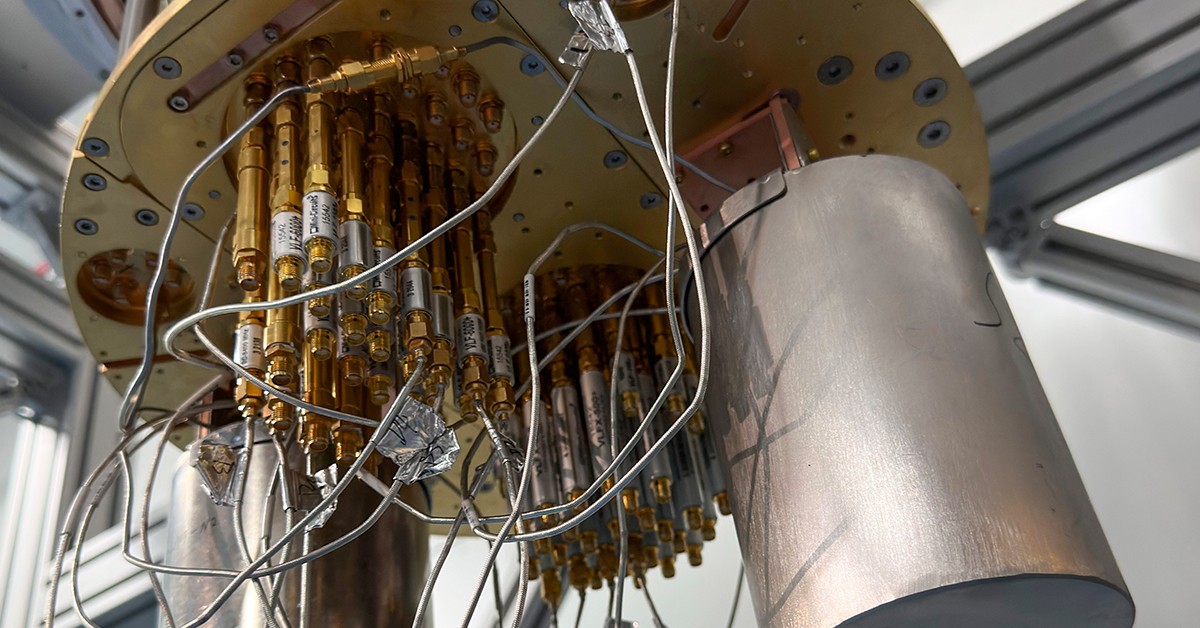
4. Specialized Infrastructure and Facilities
The infrastructure required to house quantum computers is far more complex than traditional computing systems. Some quantum computers need large, specialized rooms or even entire facilities with specific conditions, including:
Low-Noise Environments: Quantum systems are highly sensitive to external noise (such as electromagnetic interference or temperature fluctuations), requiring specially designed rooms with shielding and noise isolation.
High-Precision Equipment: Quantum computing systems require specialized equipment, such as lasers, vacuum chambers, and magnetic field controllers, all of which are costly to produce and maintain.
5. Maintenance and Operational Costs
Operating a quantum computer requires constant monitoring, maintenance, and calibration by specialized personnel. Quantum computers are not plug-and-play systems; they need expert technicians to ensure they function properly, and failure to do so can result in expensive downtime or loss of data. Key factors include:
Highly Trained Personnel: Quantum computers require specialized quantum scientists, engineers, and technicians to operate and maintain. The cost of hiring and retaining such experts is substantial.
Operational Overhead: Running quantum computers often involves high energy consumption for cooling systems, lasers, and other specialized equipment. Additionally, the infrastructure required to maintain stable operating conditions adds to ongoing costs.
6. Size and Complexity of Industrial-Grade Systems
Industrial-grade quantum computers are large, highly sophisticated systems designed for high-end applications like cryptography, AI, drug discovery, and complex simulations.
These systems require massive amounts of computing power, precision engineering, and specialized environments. As a result, the cost to build and maintain these machines is extremely high.
7. Long-Term Development and Support
Quantum computing is still evolving. To develop a robust and scalable quantum computer, manufacturers must invest in long-term research, troubleshooting, and improvement cycles.
This research and continued development process contribute to the overall cost of quantum computing hardware. Manufacturers also need to provide ongoing support for users, including updates, fixes, and new features, which can add to the cost.
Conclusion
In summary, quantum computer prices depend on the type, capabilities, and intended application. Educational-grade models are more affordable and suitable for quantum learning and research, while industrial-grade quantum systems can cost millions due to their complexity and infrastructure requirements.
Featured Content


